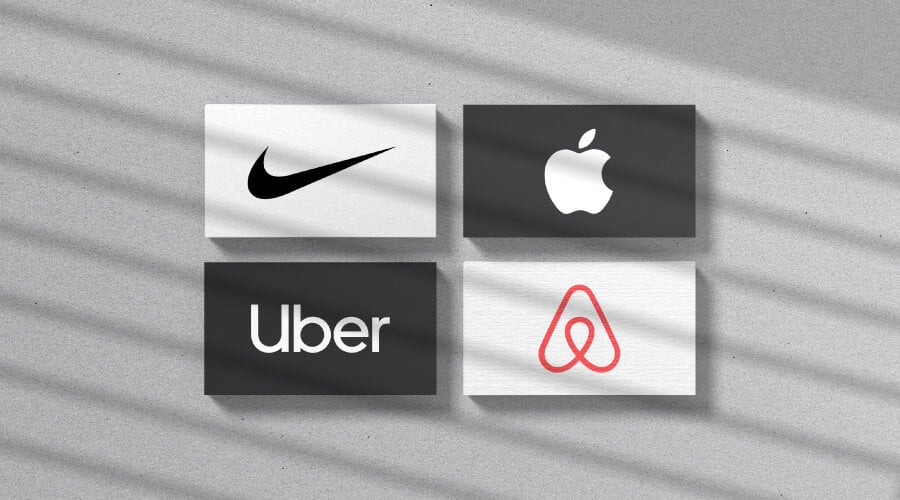
In other words, the purpose of minimalism is to strip away from unnecessary details and focus only on what needs to be there. Elements that are designed minimalistic are simple, but they are not simplistic. Minimalist design should not be confused with an unfinished look. In interface (UI) design, minimalism is a style that emphasizes minimalist use of flat colours and simple elements, such as geometric shapes and clean lines. Still, there are also many examples where two successful companies from the same industry use different types of logos. Without a doubt, there are certain factors that can have an impact on the logo, such as the industry of where the brand is operating. But how do they decide whether to use a simple or a complicated logo for their brand? They just go for it.

However, both are very recognisable, and most of us wouldn’t think they are buying a Nokia when purchasing a phone with a black apple on the back of it. We bet that you’d be able to draw the bitten apple with your eyes closed, whereas the Starbucks logo is pretty hard to copy all the details without looking. Just look at how different the modern Apple logo and the Starbucks Coffee logo are: They can either be minimalist, easy to remember, or a bit more complex. Minimalist and Complex LogosĪs you may have noticed, logos can be different.

This is what every brand is striving for: to have a logo that anyone in the world can ‘read’. What we also don’t understand is how the connection between us, the consumers, and the brand is slowly built through their logo. We see logos everywhere every day: on billboards, on a laptop lid, on a box of milk, etc., and we never get to realize how much work was put into designing a particular logo.


 0 kommentar(er)
0 kommentar(er)
